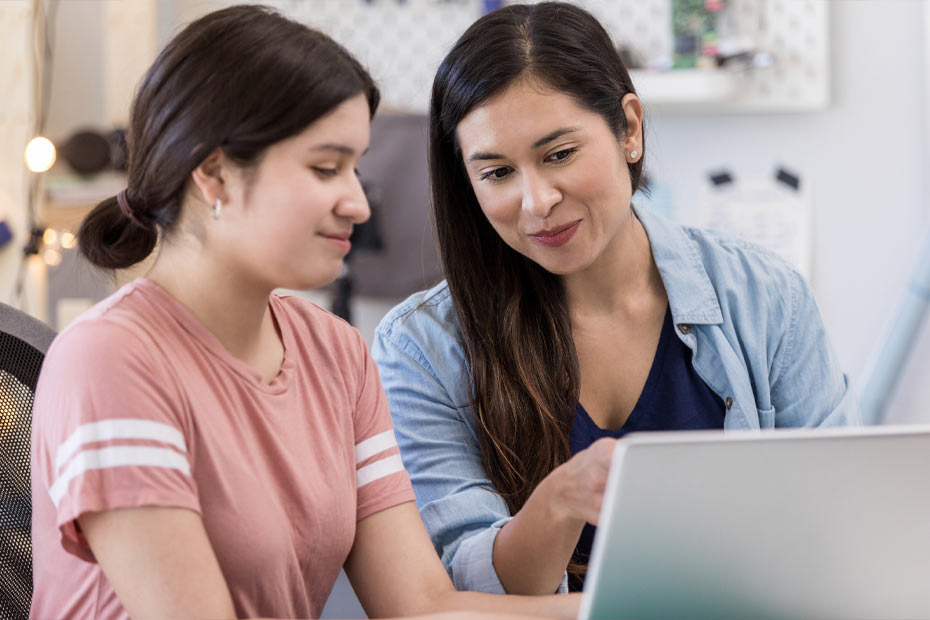Digital banking offers many benefits such as access to your accounts 24/7 from wherever you are. You also free up time spent making a trip to the branch or calling the bank — time that you can spend on the things that matter most to you. If you’re still not sure, here’s the most common questions asked about digital banking to help get you started.
1. Is Digital Banking Safe?
In short, yes, very safe. Banks are held to a very high standard when it comes to digital security and safety. Your accounts are password protected online, the same way they’re protected on the computers in a branch. And if you use a digital banking app on a smartphone, many phones may require the use of a fingerprint or two-factor identification before you can access your accounts, adding an additional layer of security.
Many banks also provide fraudulent purchase guarantees, like the RBC Digital Banking Security Guarantee1, which will refund any online or mobile transactions their clients didn’t make, assuming they have taken care to ensure the security of their transaction.
2. Is Digital Banking Difficult?
As with any new skill, there is a slight learning curve to getting proficient with mobile and online banking. But, it gets easier and easier every time you do it. To help you get started, RBC offers step-by-step guides and videos that walk you through various mobile and online banking features.
3. What Kind of Equipment and Information Do I Need ?
As far as equipment goes, you’ll need a computer, laptop, tablet or smartphone with access to the internet. For setting up and logging into your account, you’ll need your client card number, credit card number or account number.
4. Does it Take a Long Time to Get Started?
Not at all. If you’re not typically active with technology, mobile and online banking may seem like a bit of a stretch. But thanks to tools and guides most people can get set up in just a few minutes. (Of course, always be careful to not share your password, PIN or account number with anyone).
Once set up, many computers and smartphones will automatically remember your client card number for you, so you’ll probably need to type that in once, making it even faster for repeat visits.
5. Will It Cost Me More in Fees to Bank Digitally?
No. For most banks, RBC included, online banking is completely free.
Yes, and step-by-step guides and videos can help you set up your bill payments through online and mobile banking. Then, you can schedule automatic payments from your account so you don’t have to worry about missing a due date. Usually all you need is the account number that can be found on your bill.
6. Can I Still Access My Statements If I Use Digital Banking?
Of course. Most banks allow you to view past statements on your phone or computer anytime you need to. Learn how to view past statements on RBC Digital Banking here.
If you have other questions, don’t be afraid to ask.
Hopefully this has helped answer some of your questions around mobile and online banking, showing you that it is, in fact, easier, more convenient and more secure than you may have previously thought.
From the step-by-step learning tools available to helpful bank employees, there are a number of ways and places you can find the assistance you need to make online banking work for you.
To learn more, visit www.rbcroyalbank.com/caribbean/digital-hub/
1. This RBC Security Guarantee is given by the Relevant RBC Company in connection with its Online and Mobile Banking service. The RBC Security Guarantee is subject to the provisions of the Electronic Banking Agreement (“EBA”). The EBA gives a definition of Unauthorised Transactions and provides further details of the liability of the Relevant RBC Company in respect on any Unauthorised Transaction.
This article is intended as general information only and is not to be relied upon as constituting legal, financial or other professional advice. A professional advisor should be consulted regarding your specific situation. Information presented is believed to be factual and up-to-date but we do not guarantee its accuracy and it should not be regarded as a complete analysis of the subjects discussed. All expressions of opinion reflect the judgment of the authors as of the date of publication and are subject to change. No endorsement of any third parties or their advice, opinions, information, products or services is expressly given or implied by Royal Bank of Canada or any of its affiliates.



















